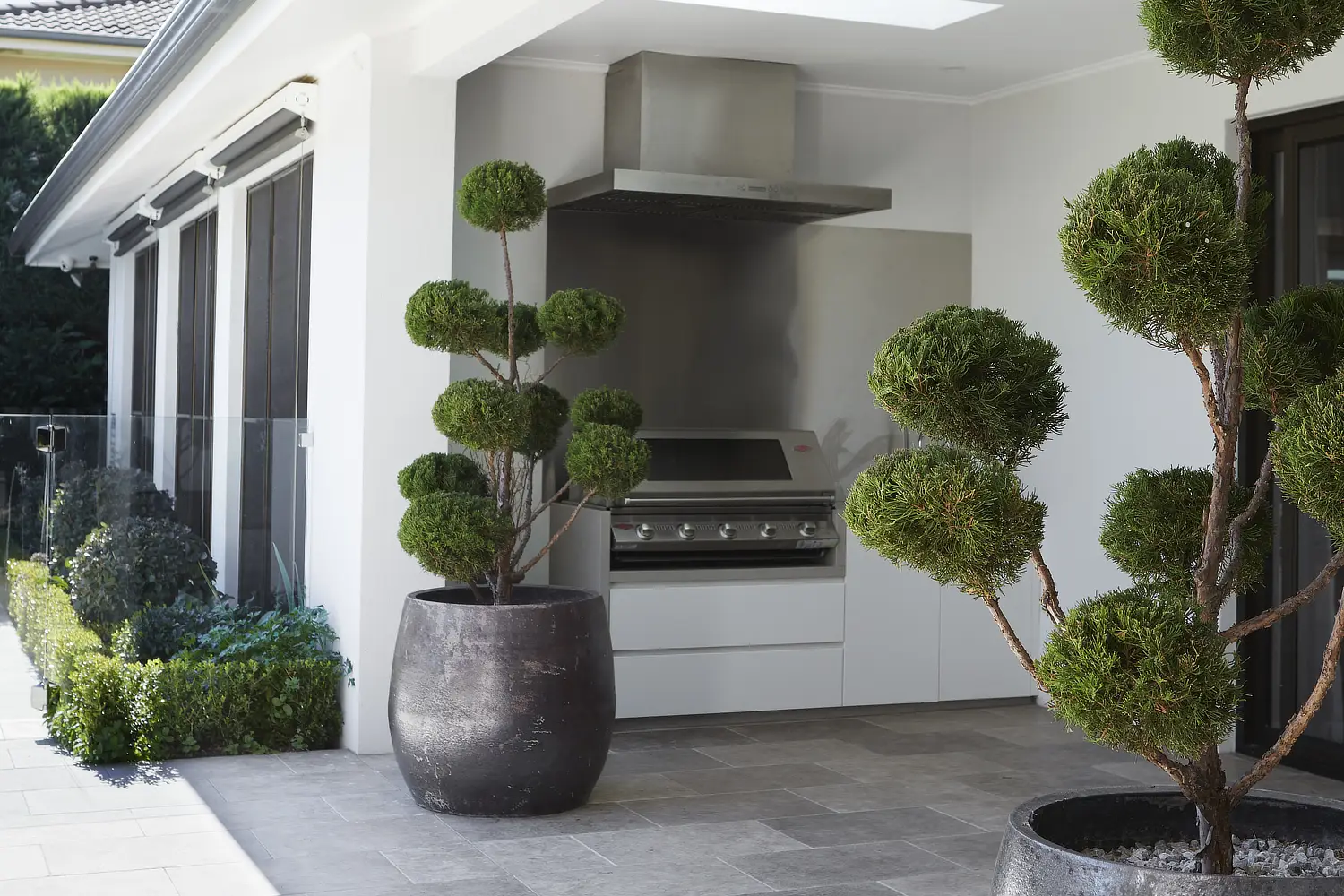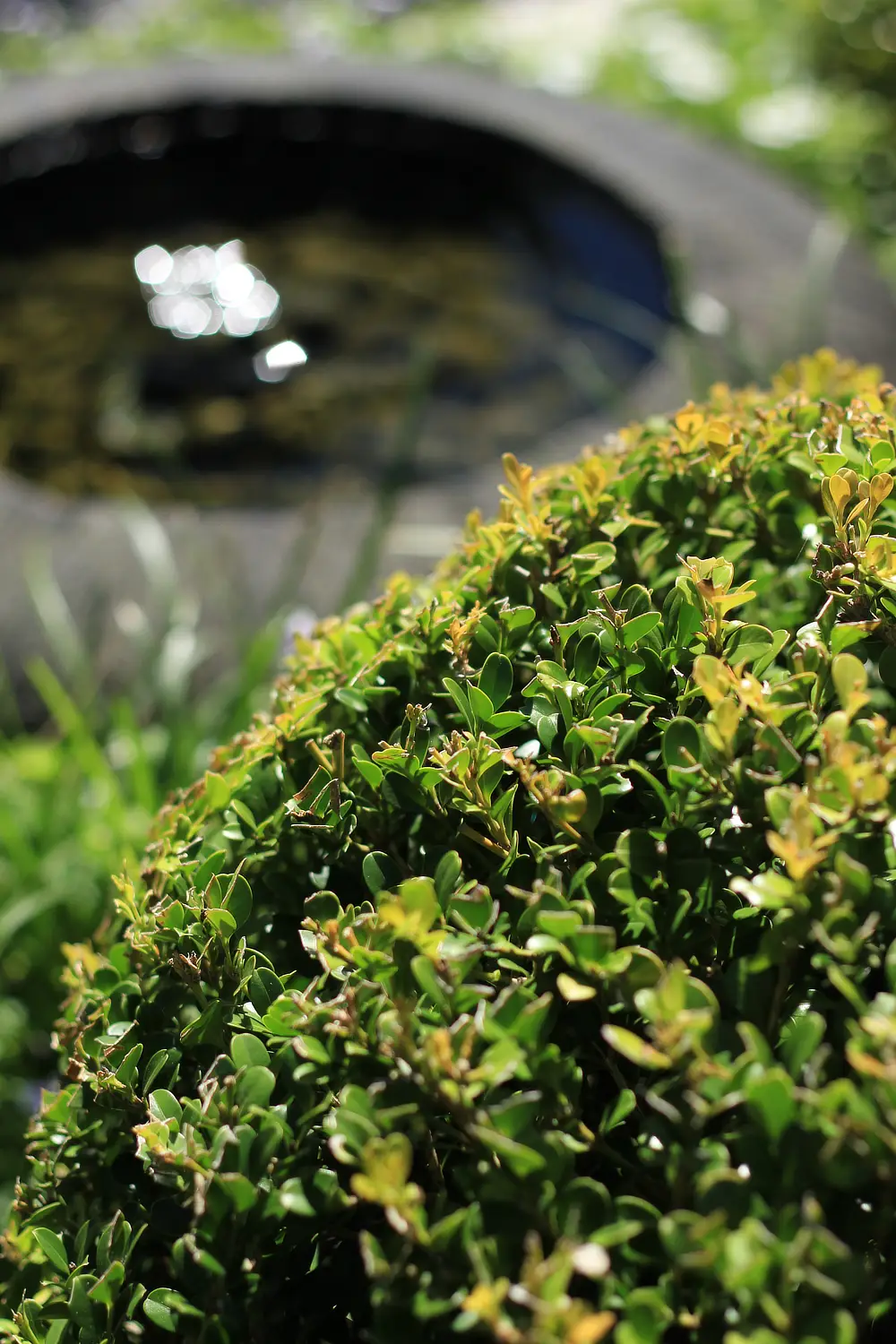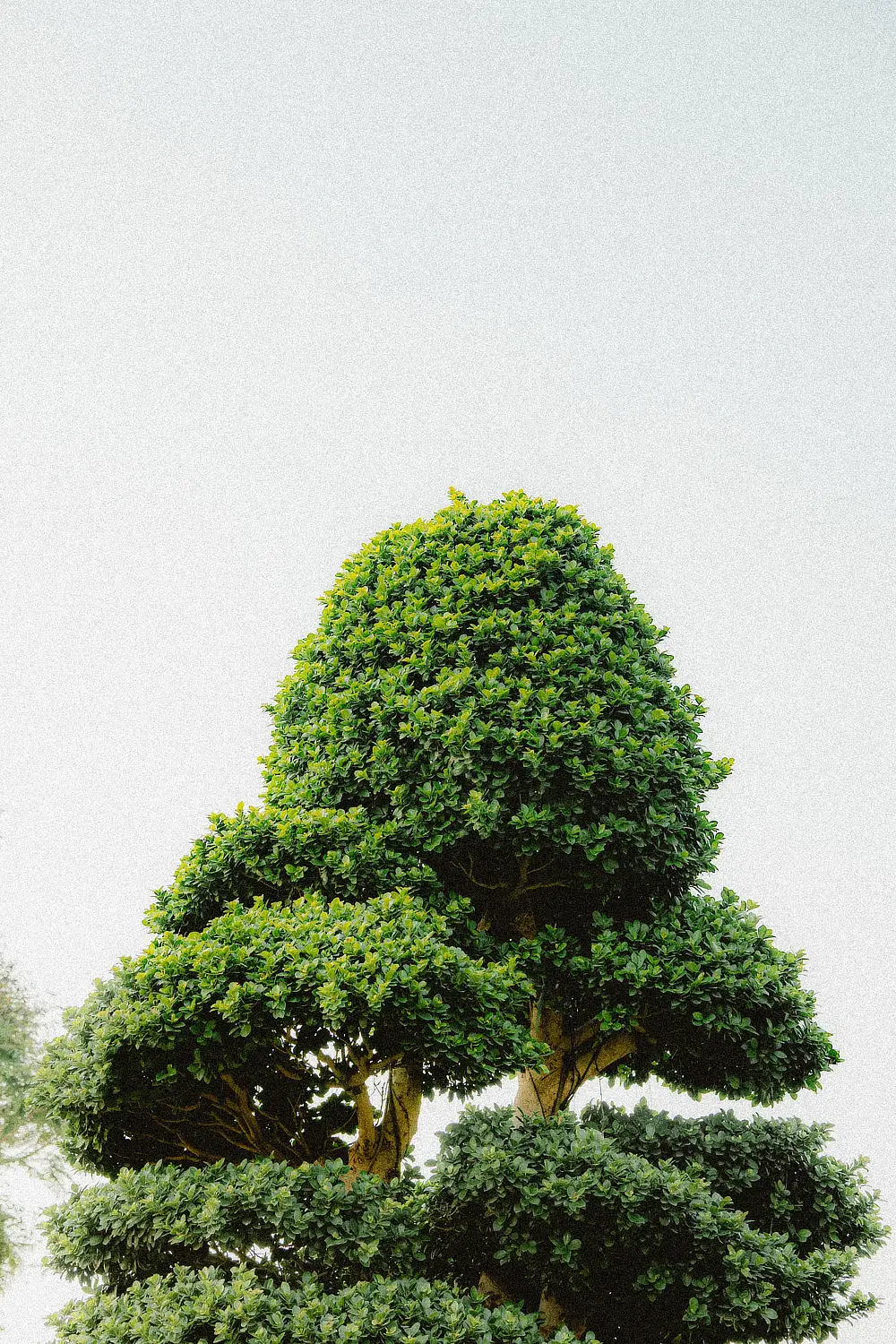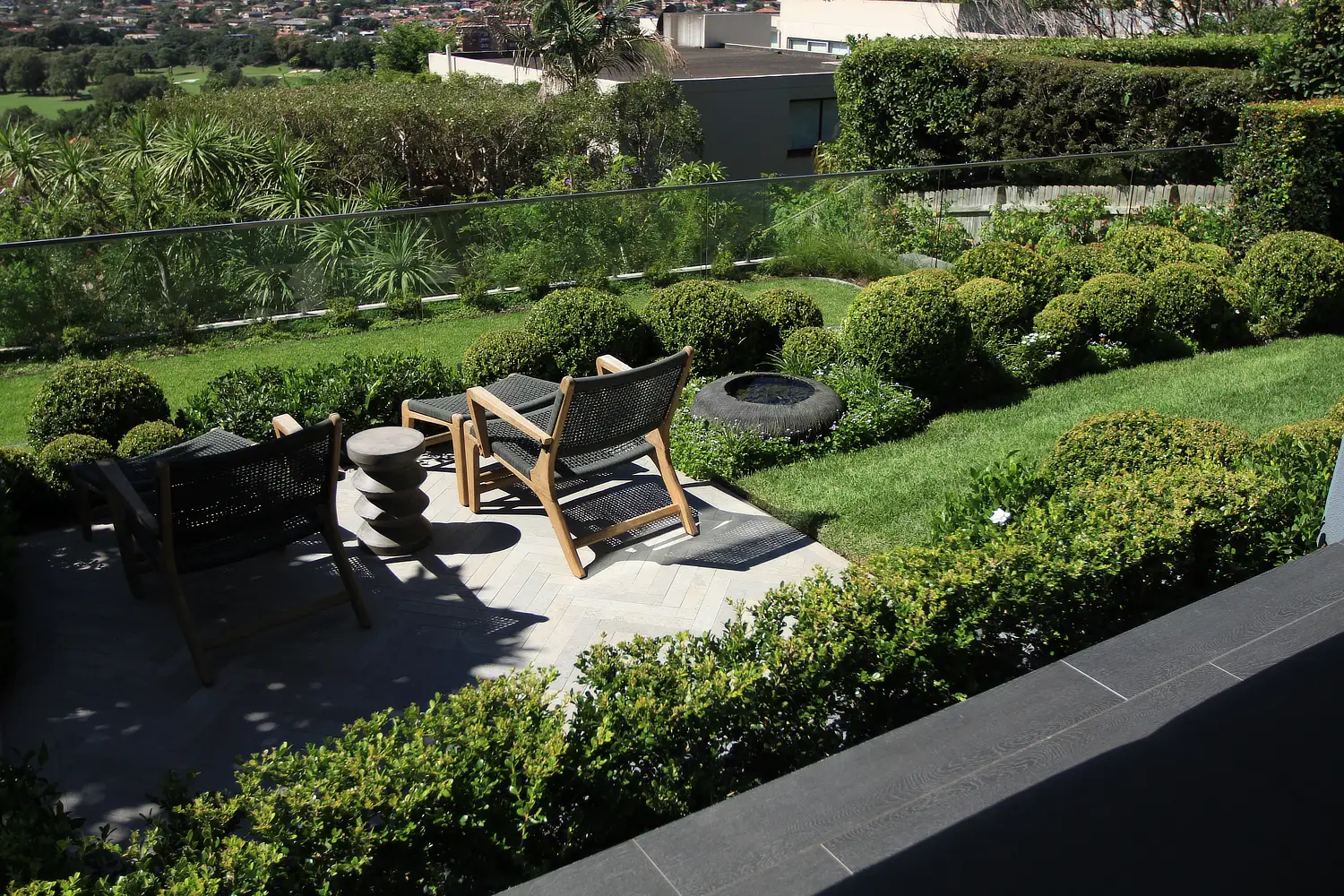I love a formal garden, there’s something about the arrangement and restraint that appeals to me. Even in a looser garden a formal dome or ball shape can add a sense of structure and permanence. The issue with introducing these plants into your garden is the cost. It takes time and man hours to create a formal topiary shape and therefore the cost of the plants are expensive – so why not give it a go yourself, save some money and get a whole lot of satisfaction in the process.
First, you need the right plants to start with, plants that are suitable for hedging are also great for topiary. You want something with small leaves and a dense growth habit. By having small leaves, you will obtain a solid form quicker and in the long run cutting through a small leaf in comparison to a larger leaf leads to a nicer look and it reduces the chance of browning of the leaves along the cut line. A dense growth habit helps with getting a solid shape to your topiary and means the process is sped up a little bit. Buxus is the king of the topiary as it has both a small leaf and dense growth habit but for a native option you could try coastal rosemary. If you want to add some foliage colour to your topiary you could try the silver of Teucrium, the purple of Loropetalum or the bronze of Eleagnus.
Next you need to work out what shape you want and how it will impact your garden design. Domes and balls are great at punctuating the ends of a pathway, cones are excellent features in pots by a door and spirals are more complex but add a real wow factor to a planting design. There are of course no limits to the shapes you can create but its best to start simple and then move on to the more intricate forms.
There are various ways you can start a topiary and my favourite is by cuttings. Take Buxus for example, you can easily take lots of cuttings from one shrub and use them to start a new plant and shape. When starting a topiary from cuttings use lots of cuttings as this will create a dense plant quicker than an individual sprig. By placing 10-12 cuttings in a 200mm pot and letting them all grow as one you’ll reach success in a quicker amount of time. Also, if one plant dies you have many more that take over so you don’t lose the whole thing.
You can also use an existing plant that hasn’t been shaped and has a naturally loose form to speed the whole process. Select a plant that will suit the shape you are trying to achieve. For taller shapes such as cones, spirals and double balls you will need a plant with a strong central leader so part the foliage and inspect the plants trunk, the straighter the better. For balls and domes many leaders will achieve a better shape quicker.
To create the shape you are after you will have to engage your artistic side and try to imagine the finished product you are trying to achieve, pruning off any foliage or parts of the plant that are in the way of this. When tackling the first prune start 20% smaller than you think and let it grow out as pruning right to the finished size will not allow for new growth.
You will then need to be very very patient. Topiary takes time, hence the cost of pre shaped plants so ensure you feed and water your plant well and continually prune and tinker with it. The more your prune your plant the more you will promote new growth and you will create a very compact desirable plant.
When pruning ensure your shears or secateurs are sharp and clean as this will give you a healthier plant as clean sharp cuts let less pest and disease into the plant. Another great tip is to keep your shears wet as you prune. Keep a bucket of fresh clean water next to you as you work and dip your tools in the water as you go. Having wet blades reduces tearing of the leaves, this is obviously much healthier for the plants but also give you a cleaner appearance in the finished plant.




